
Susan Fratzke
Senior Policy Analyst
Susan Fratzke is a Senior Policy Analyst with MPI’s International Program, based in Germany, where she conducts comparative research on asylum policy, forced migration, and refugee resettlement and complementary pathways.
|
Media Requests |
Ms. Fratzke has authored or contributed to numerous reports assessing the role of refugee pathways and sponsorship in addressing humanitarian needs and displacement. She served as a lead researcher on a 2018 report for the European Commission that proposed an EU approach to the role and development of refugee private sponsorship in Europe. Her work conceptualizing the role of sponsorship in developing humanitarian pathways has been widely cited internationally in research and policy documents.
She also leads work on national asylum systems and the role of international and regional cooperation in maintaining access to protection in response to cross-border humanitarian displacement. She manages an MPI-Robert Bosch Stiftung initiative that is examining ways to strengthen national asylum systems worldwide. She has also been a core contributor to MPI’s longstanding work on the Common European Asylum System (CEAS).
Ms. Fratzke has worked for the U.S. State Department’s Bureau of Population, Refugees, and Migration in Brussels and Washington, DC, and as a coordinator for an adult literacy program serving resettled refugees in Minnesota. She holds an MA in German and European studies, with a concentration in European migration policy, from Georgetown University’s School of Foreign Service. She also earned a certificate in refugees and humanitarian emergencies from the Institute for the Study of International Migration at Georgetown.
Bio Page Tabs
How could humanitarian migrants with skills and experience use existing work or study visa pathways to fill labor market needs in destination countries? MPI’s Susan Fratzke speaks with Betsy Fisher, U.S. Director of the nonprofit Talent Beyond Boundaries, about complementary pathways as an innovative addition to refugee resettlement and asylum.
Marking the one-year withdrawal of U.S. troops from Afghanistan and the fall of Kabul to the Taliban, this webinar reflects on the humanitarian and development challenges in Afghanistan and for neighbors, the difficult choices facing aid donors, and what needs to be done to ensure at-risk Afghans can reach safety.
Con motivo de la publicación de un informe del Instituto de Política Migratoria sobre posibles vías de protección para las personas centroamericanas, este webcast ofrece un análisis sobre las vías humanitarias y de reasentamiento que ya se utilizan en la región así como las oportunidades y los obstáculos para expandir estos programas.
This MPI Europe webinar marks the launch of a report that maps refugee resettlement and complementary pathway programs around the world and offers recommendations for how UNHCR, national governments, civil society, and others can most effectively support the growth of resettlement and complementary pathways.
Marking the launch of the Beyond Territorial Asylum: Making Protection Work in a Bordered World initiative, this event examines how the accessibility of asylum and protection globally has changed since the EU-Turkey deal, similar policies deployed by countries of asylum, the impacts of these policies, and what can be done t
Pages
Recent Activity
Para la mayoría de las personas centroamericanas que se ven forzadas a abandonar sus hogares, viajar a México o Estados Unidos para solicitar refugio o asilo es la única opción para buscar protección internacional. A la fecha, el reasentamiento de personas refugiadas ha sido utilizado de manera limitada en la región. Este informe explora el papel que el reasentamiento y otras vías de protección humanitarias desempeñan en atender estas necesidades.















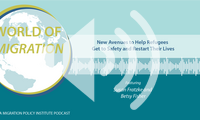
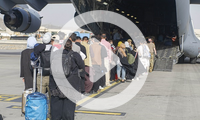
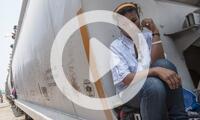
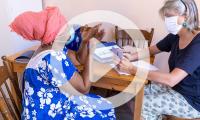
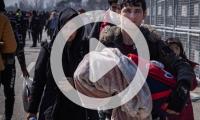
Achieving Meaningful International Cooperation on Displacement: Can the 2023 Global Refugee Forum Deliver?
When Emergency Measures Become the Norm: Post-Coronavirus Prospects for the Schengen Zone
Coronavirus Is Spreading across Borders, But It Is Not a Migration Problem
The Future of Refugee Resettlement: Made in Europe?
International Experience Suggests Safe Third-Country Agreement Would Not Solve the U.S.-Mexico Border Crisis
Three Things the European Union Can Do to Support Private Sponsorship for Refugees
Europe Pushes to Outsource Asylum, Again
Global Refugee Summits Offer Reasons for Both Disappointment and Hope